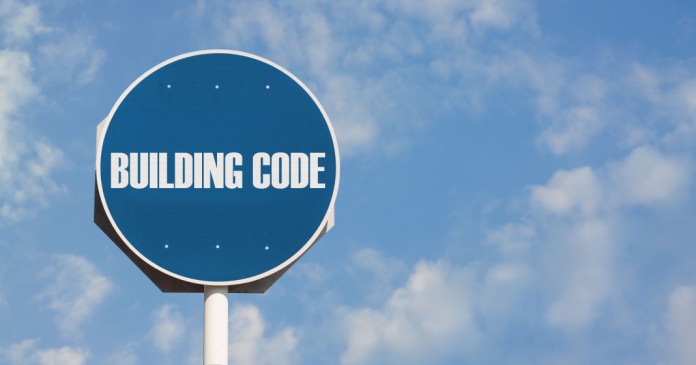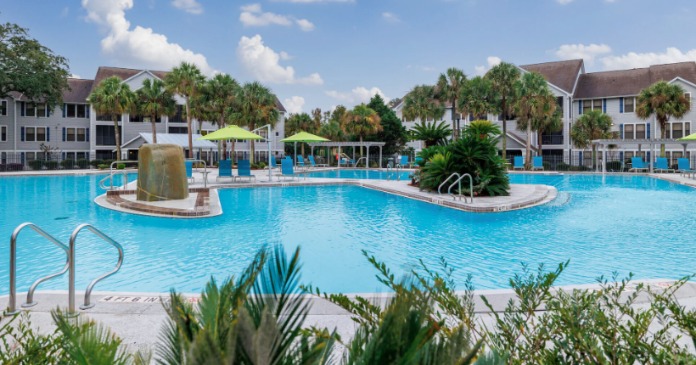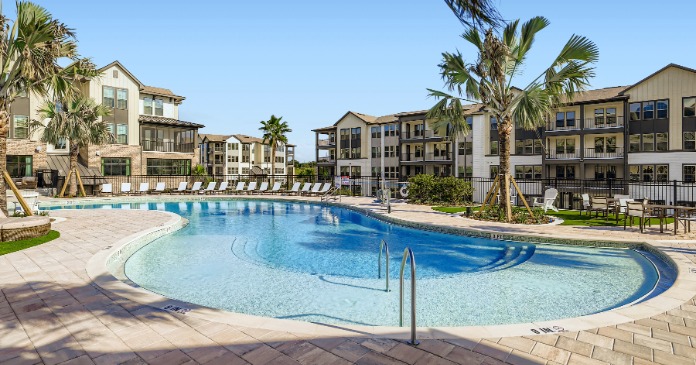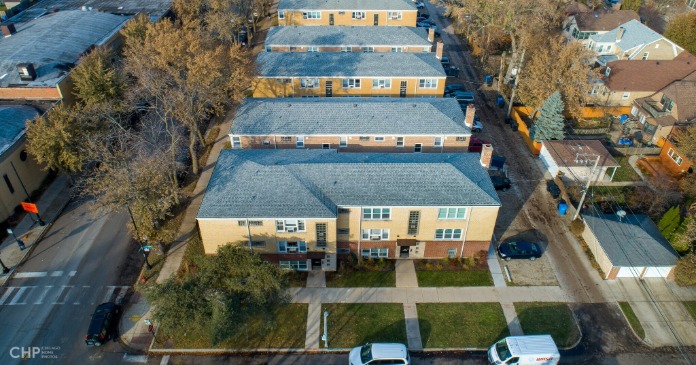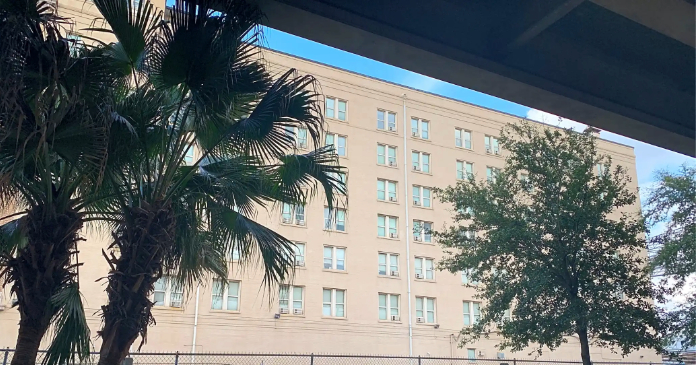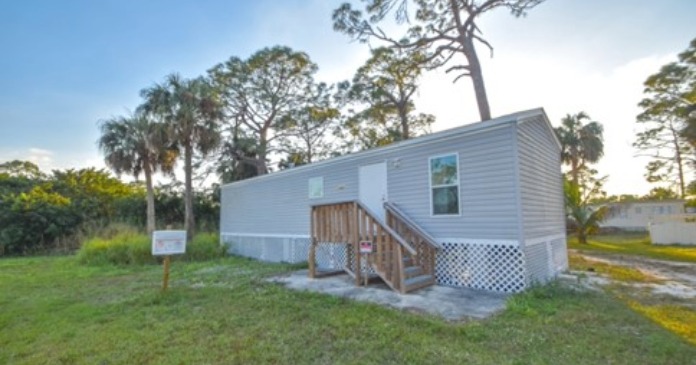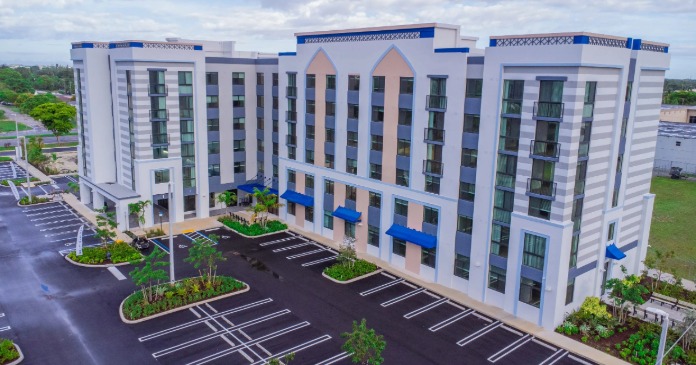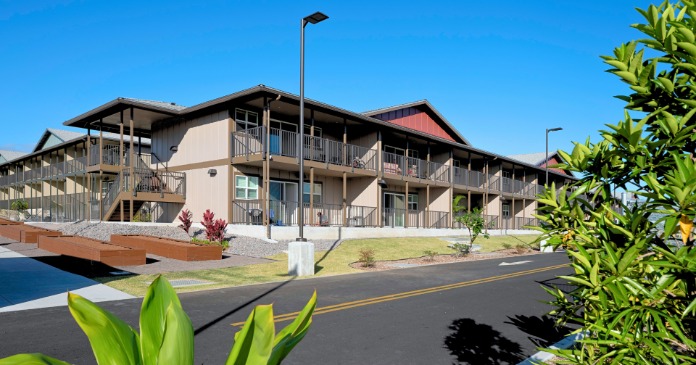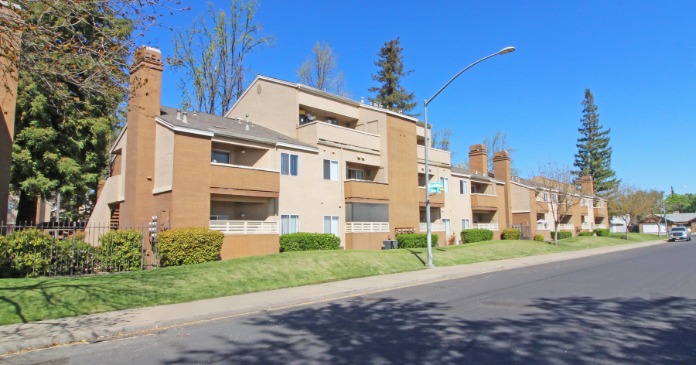On July 7, HUD published a notice in the Federal Register requesting further comment on its adoption of compliance with the 2021 International Energy Conservation Code (IECC) or the ASHRAE 90.1-2019 standards as requirements for certain HUD programs. This requirement had been approved in April 2024 based on a determination that these requirements would have no negative impact on the affordability and availability of covered housing.
The review is being undertaken because of concerns that the huge increase in energy and building costs which took place after the pandemic may have fundamentally shifted the cost-benefit analysis upon which the decision to require the new code was based.
While the IECC issues updated codes every 3 years, prior to April 2024, HUD only required compliance with the 2009 IECC.
Based on the April 2024 notice, multifamily low-rise buildings would be required to conform to the 2021 IECC standard while high-rise buildings would be required to conform to the ASHRAE 90.1-2019 standard.
Counting the costs
While HUD estimated that compliance with the 2021 IECC would add $7,229 to the average cost of a single-family home, NAHB said that compliance could add $22,572 to the cost of a home while some builders estimate the cost as high as $31,000.
For low-rise multifamily homes, HUD estimated the national average cost of compliance with the 2021 IECC at $3,002 per unit, with the average regional cost rising to as high as $4,747 in certain climate zones.
Beyond the financial burden, apartment owners face significant operational challenges in meeting 2021 IECC requirements. The code introduces new air leakage testing and verification requirements, which can be problematic for multifamily properties. Traditional blower-door testing protocols are designed for single-family homes, creating complications for apartment buildings where testing typically uses sampling rates rather than testing every unit.
The code also requires 100 percent of permanent lighting to be high-efficacy (up from 90 percent in the 2018 IECC) and mandates new lighting controls for permanently installed fixtures.
Assessing the benefits
The primary benefit of adopting the new code requirements is that they would result in lower energy consumption, which reduces costs. The assessment of the savings looked at costs over a 30-year span. It assumed a 3.0 percent real mortgage rate (5.3 percent nominal rate) with a 30-year term and a 5 percent down payment. Inflation was assumed to be 2.24 percent, but fuel prices were assumed to rise at a nominal rate of only 1.9 percent.
The analysis for low-rise multifamily buildings concluded that adopting the new building code would result in positive cashflow within 1.4 years on average. The national average term to achieve simple payback would be 7.6 years, although it could be as long as 8.2 years in certain climate zones. Over the postulated 30-year term, the gross saving would outweigh the initial costs by a factor of 3.5 on average.
The analysis did not specifically address the impact of the changes on the rental housing industry with its split incentive; the costs of the efficiency improvements are imposed on the building owner while the energy savings go to the resident occupying the building.
Building owners and managers would have to recoup their costs through higher rents, potentially making their buildings more expensive than surrounding properties. However, a 2022 study found that renters selected energy-efficient listings 21 percent more often and were willing to pay 1.8 percent more in annual rent (approximately $400 additional revenue per unit per year). This is almost exactly the national average annual energy cost savings ($403 per unit) listed in the HUD analysis.
Interested parties have until August 6 to comment on the change. A link to the comment page and the issue docket number is available here.


